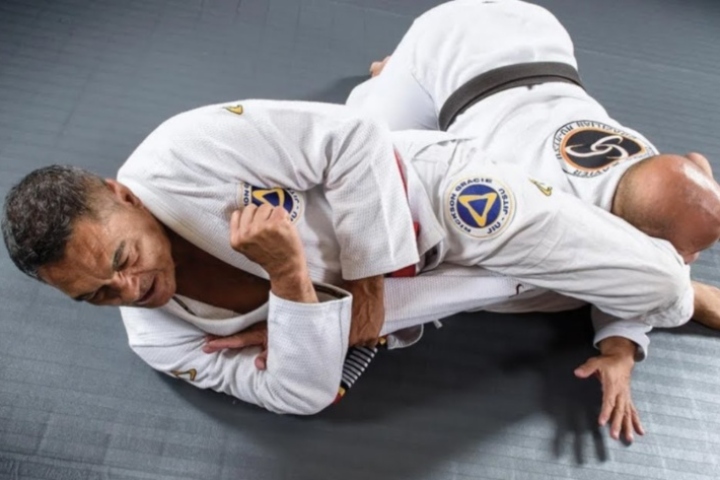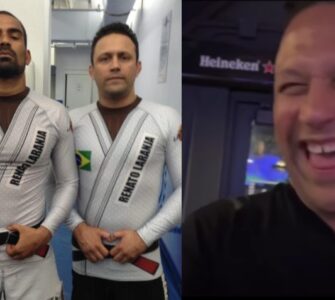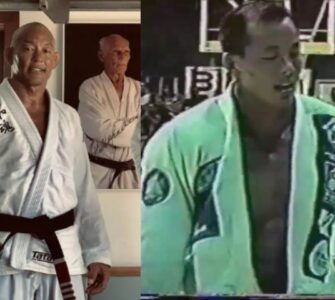Have you ever rolled with someone, and it felt that you were one step behind no matter what you did? It could be with your coach, an elite competitor, or someone a few years ahead in the game.
You think you’re attempting the right moves, but things get a little bit worse every time you try something. You started out in a neutral position, but suddenly there’s no way out, and you tap. It felt like they read your mind.
You’ve just been beaten through the power of timing, my friend. Sure, they might know some more techniques here and there, but at a certain level, we all know the same moves. At that point, it comes down to timing more than anything.
What is good timing?
While it might feel like someone is faster than you, that’s not actually what’s happening. In reality, timing is about doing the correct technique at the right time. It’s about seeing or creating openings and applying a technique that exploits that opening.
It’s not enough to just see openings.
Seeing an opening is about taking advantage of unforced errors. This means the other person made a mistake on their own, and you take advantage of it. This doesn’t happen much at the elite level, so you need something better against experienced grapplers.
Why you need to create your own openings.
Creating openings is about forcing your opponent to move predictably. First, you need to force your opponent to become predictable. This can be done by blocking specific paths so they can only move in a single way.
For example, in the knee on belly, controlling the near shoulder stops people from turning away, so they have to turn into you. Because you know what they’re going to do, you can get ready to move at the right moment. As soon as they move, you proceed with your pre-planned technique. You feel like the fastest person in the room, with perfect timing.
The difference between an elite competitor and a hobbyist is that the competitor knows how to consistently create situations where they can predict their opponent’s move.
How to create openings to 10x your timing.
There are several ways to reliably force an opening to improve your timing. At Stark Gent, they use specific training methods to cultivate these; feel free to apply them to your own training.
- Focus on off-balancing your opponent, even if you don’t know what you’re doing. When people are off-balanced, they start to give openings. Practice this by drilling off-balancing as part of your techniques.
- Think in systems, not techniques. Instead of just drilling one technique, also drill your reactions to the counters. Practice this by letting your partner perform a variety of reactions during drilling.
- Focus on limiting your opponent’s options by applying robust control. A good cross-face, for example, will stop your opponent from turning into you, making their reactions easy to predict. Experiment during specific sparring with different control types to learn how people react.

















